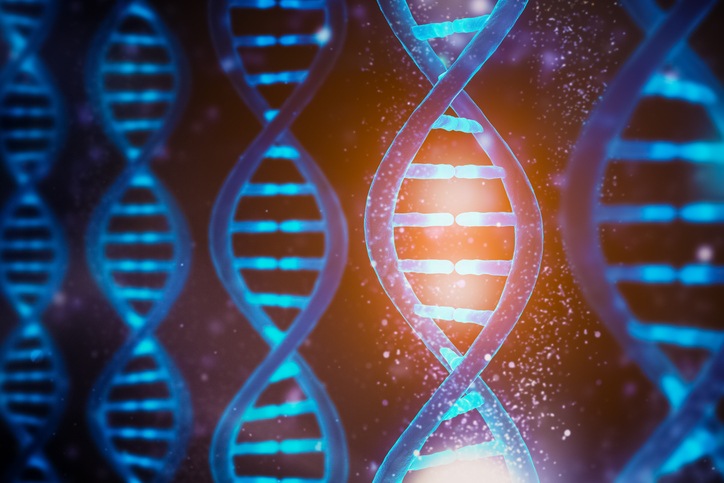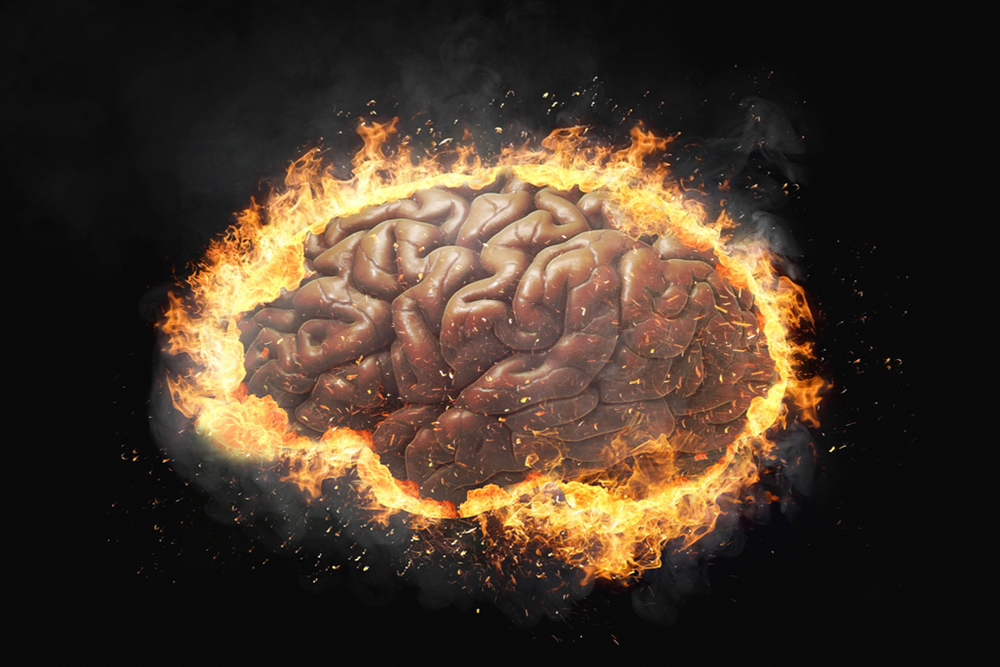Reflex epilepsies (REs) are triggered by specific stimuli, and eating epilepsy (EE) is a rare subtype where seizures are provoked by the act of eating. These seizures typically begin during or shortly after meals and often originate from the temporal lobe. While EE is more commonly reported in South Asia and often associated with carbohydrate-rich foods like rice, triggers can vary. In this recent patient case study, a 55-year-old man is presented in which seizures were induced by spicy meals. His episodes included impaired awareness and left-hand automatisms, and EEG results showed focal discharges in the left temporal lobe. Treatment with valproic acid monotherapy successfully controlled his seizures.
This case is notable for several reasons: the unusual trigger (spicy food), late onset in the sixth decade of life, and successful management with monotherapy—contrasting with typical EE cases which often require polytherapy. The study supports that EE should be considered in patients reporting meal-related seizures, even when triggers and presentation deviate from commonly reported patterns. Diagnostic evaluation should include a careful clinical history and EEG, even if interictal, as these abnormalities are more frequently observed in EE than ictal findings.
Reference: Direybatoğulları C, Öztekin MF. A Rare Form of Reflex Epilepsy: Eating Epilepsy – A Case Report. Case Rep Neurol. 2025 Mar 4;17(1):31-35. doi: 10.1159/000545067. PMID: 40196749; PMCID: PMC11975335. Link: https://pubmed.ncbi.nlm.nih.gov/40196749/









